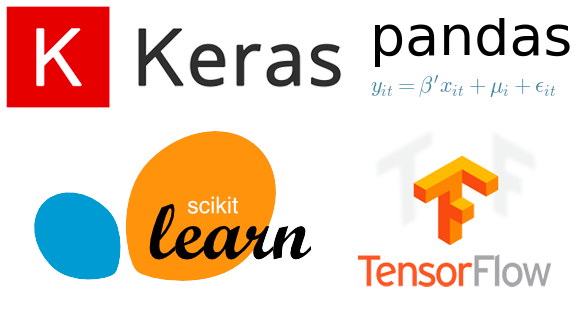How to build a LaNet using Keras and Python

LeNet is a convolutional neural network architecture designed to recognize handwritten digits. It was developed by Yann LeCun in the late 1990s and is considered a pioneer in the field of deep learning. In this essay, we will discuss how to build a LeNet using Keras and Python.
The first step in building a LeNet is to define the model architecture. LeNet consists of several layers, including convolutional layers, pooling layers, and fully connected layers. In Keras, these layers can be defined using the Conv2D, MaxPooling2D, and Dense classes.
The convolutional layers in LeNet are responsible for extracting features from the input image. These layers are composed of filters that convolve over the input image, creating feature maps. In the LeNet architecture, there are two convolutional layers, each with 6 filters of size 5×5.
After the convolutional layers, LeNet includes pooling layers to reduce the spatial dimensions of the feature maps while maintaining the important features. In LeNet, the pooling layers are max pooling layers with a window size of 2×2.
After the pooling layers, LeNet includes fully connected layers to classify the image based on the features extracted by the previous layers. In LeNet, there are three fully connected layers, with 120, 84, and 10 neurons respectively. The final fully connected layer is the output layer, where the final prediction is made.
Finally, we will need to compile the model, specifying the optimizer, loss function, and metrics to evaluate the model’s performance.
Once the architecture is defined, the next step is to train the model on the dataset. This can be done using the fit function in Keras.
It’s worth noting that the LeNet architecture is a relatively simple architecture, and it may not be sufficient to achieve high accuracy on more complex image classification tasks. However, it can be used as a starting point to build more complex architectures.
In summary, building a LeNet using Keras and Python is a straightforward process that involves defining the model architecture, consisting of convolutional layers, pooling layers, and fully connected layers, compiling the model by specifying the optimizer, loss function, and metrics, and training the model on the dataset. The LeNet architecture is a relatively simple architecture, and it may not be sufficient to achieve high accuracy on more complex image classification tasks. However, it can be used as a starting point to build more complex architectures.
In this Applied Machine Learning & Data Science Recipe (Jupyter Notebook), the reader will find the practical use of applied machine learning and data science in Python programming: How to build a LaNet using Keras and Python.
Disclaimer: The information and code presented within this recipe/tutorial is only for educational and coaching purposes for beginners and developers. Anyone can practice and apply the recipe/tutorial presented here, but the reader is taking full responsibility for his/her actions. The author (content curator) of this recipe (code / program) has made every effort to ensure the accuracy of the information was correct at time of publication. The author (content curator) does not assume and hereby disclaims any liability to any party for any loss, damage, or disruption caused by errors or omissions, whether such errors or omissions result from accident, negligence, or any other cause. The information presented here could also be found in public knowledge domains.
Learn by Coding: v-Tutorials on Applied Machine Learning and Data Science for Beginners
Latest end-to-end Learn by Coding Projects (Jupyter Notebooks) in Python and R:
Applied Statistics with R for Beginners and Business Professionals
Data Science and Machine Learning Projects in Python: Tabular Data Analytics
Data Science and Machine Learning Projects in R: Tabular Data Analytics
Python Machine Learning & Data Science Recipes: Learn by Coding
How to predict wine-class (wine data) using a keras deep learning model